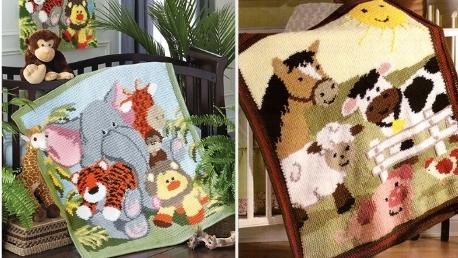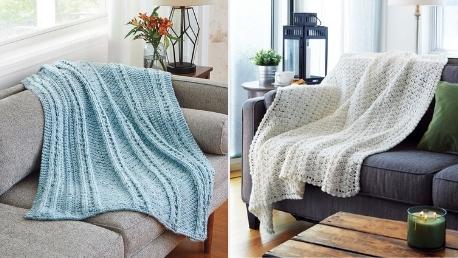Macrame is a craft that is similar to knittingand crochet that has also been getting a lot of traction recently. It’s a fiberart form that is created by tying knots to create an elaborate Bohemian design.You can macramé items like wall hangings, clothing, and even jewelry.
Traditionally, macrame is made using a specialmacrame cord, usually made out of cotton which is thicker and more durable thanregular yarn. But if it’s your first time crafting macrame, you might not havethese cords on hand. What you do have, though, is a huge collection of knittingyarn. Will those work as alternatives?
You can definitely use knitting yarn formacrame – the most important thing is that the material can be knotted.However, when using knitting yarn as an alternative to cords made for thecraft, you should choose a chunkier yarn with a higher ply to achieve theintended design. It’s also helpful if the yarn is made out of a natural fibersuch as cotton, wool, or alpaca wool, however this can be costprohibitive. We like to use naturalfibers for projects like these because of the natural elasticity.
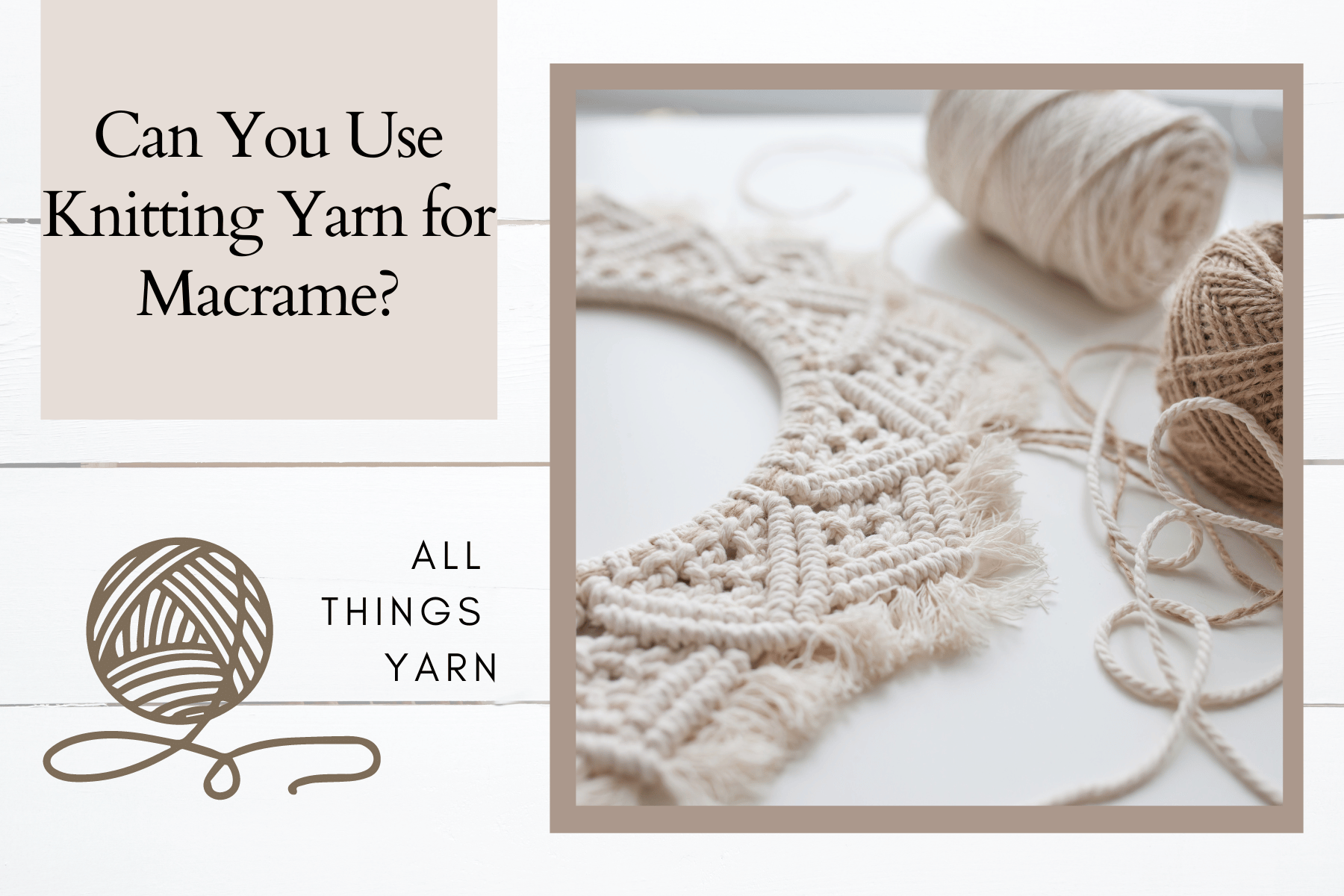
What Material is Best for Macrame?
When creating macrame projects, it’srecommended to use a macrame cord made specifically for that purpose. Thesecords can be made with either natural materials like jute or cotton twine, orsynthetic materials like polypropylene and nylon.
Most macrame crafters, however, prefer cottoncords because they are soft and versatile. It’s easy to tie knots with cotton,and its natural creamy white color gives the project a very earthy and Bohemiancharacter, which is the overarching aesthetic for macrame designs. Cotton and other natural yarns also take well to dyes allowing the artist to take thiscraft in many directions.
What is the Difference Between Macrame Rope & Yarn?
Macrame cords can come in a range of sizes.Typically, they are sold in stores in a thickness that is either small (1-2 mmin diameter), medium (3-4 mm in diameter), or large (5-6 mm in diameter).
Large cords, which are 5-6 mm thick, are called ropes instead of yarn. They canmake larger projects like plant hangers and hammocks. Ropes are also moredurable because of their higher ply, which makes them ideal for projects thatneed to hold weight.
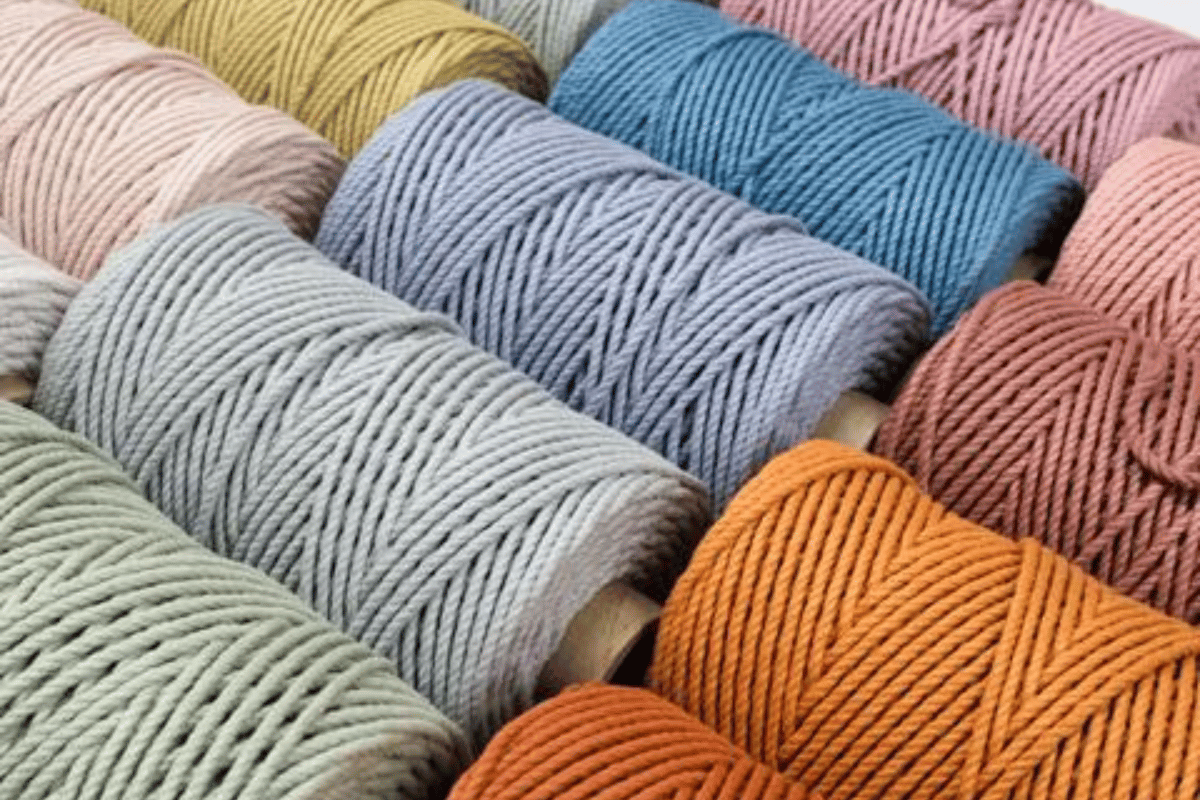
What Type of Yarn is Used for Macrame?
Macrame is aversatile craft that can utilize a range of different natural and syntheticfibers, including:
● Cotton - Considered the best for macramebecause it’s soft and easy to knot. Cotton also comes in an off-white colorthat elevates the Bohemian aesthetic.
● Jute - The least popular material for macramebecause it’s stiff and coarse. However, more experienced crafters use itbecause of its natural brown color and durable construction.
● Hemp - Used to make macrame jewelry becauseit’s sturdy and easy to knot. Hemp twines are also thin, making it easy to putbeads through.
● Natural Yarns - Best for macrame clothingbecause of their soft and delicate structure. However, natural yarns can beharder to work with because they compress too much, yielding smaller knots.
● Polyester - A smooth synthetic cord that caneasily produce tight and strong knots, making it perfect for macrame.
● Parachute - A strong synthetic material thatcan carry heavy weights. Made of nylon, parachute cords are best for macrameprojects like hammocks or plant hangers.
● Satin - Popular for macrame accessoriesbecause of its shiny appearance. However, satin is slippery and can bedifficult to work with.
● Synthetic yarn - The most-used synthetic yarnsfor macrame are acrylic and polyester, which form tight knots that work wellfor toys and home decor items.
You can learn more about all of the different types of yarn by reading our complete guide.
Making Macrame with Cotton
Cotton yarn is your best option if you’re looking for an alternative to macrame cords. They’re soft and easy to knot, which means more ease as you work through your project.
Keep in mind, though, that cotton yarn can compress and is more flexible than cotton twine used for macrame. Hence, you’ll want to choose a cotton knitting yarn that is thicker and has a higher ply.
Macrame Projects Made with Knitting Wool
Wool is known for its soft, warm, and breathable construction, which makes it the top choice for knitting projects that can be worn, like sweaters, hats, and blankets. In the same way, knitting wool can be a great fiber for wearable macrame creations.
In addition to its soft, comfortable, and moisture-wicking properties, using wool for macrame can create intricate designs that achieve the 70s fashion aesthetic.
All these characteristics, however, make knitting wool rather expensive. If you’re looking to create a macrame project that isn’t meant to be worn, it’s best to go with cotton or other fibers instead. Wool is often cost prohibitive as well so definitely not a crafter’s first choice unless it’s for a special project.
Is Acrylic Yarn Good for Macrame?
Acrylic yarn is one of the most versatilesynthetic yarns used for knitting or crocheting. It can also work for macrame,with some cords made out of synthetic materials like acrylic and polyester.
However, acrylic yarn can create tighter andsmaller stitches. So it works best for macrame projects that are meant to be alittle less airy, such as toys or home decor.
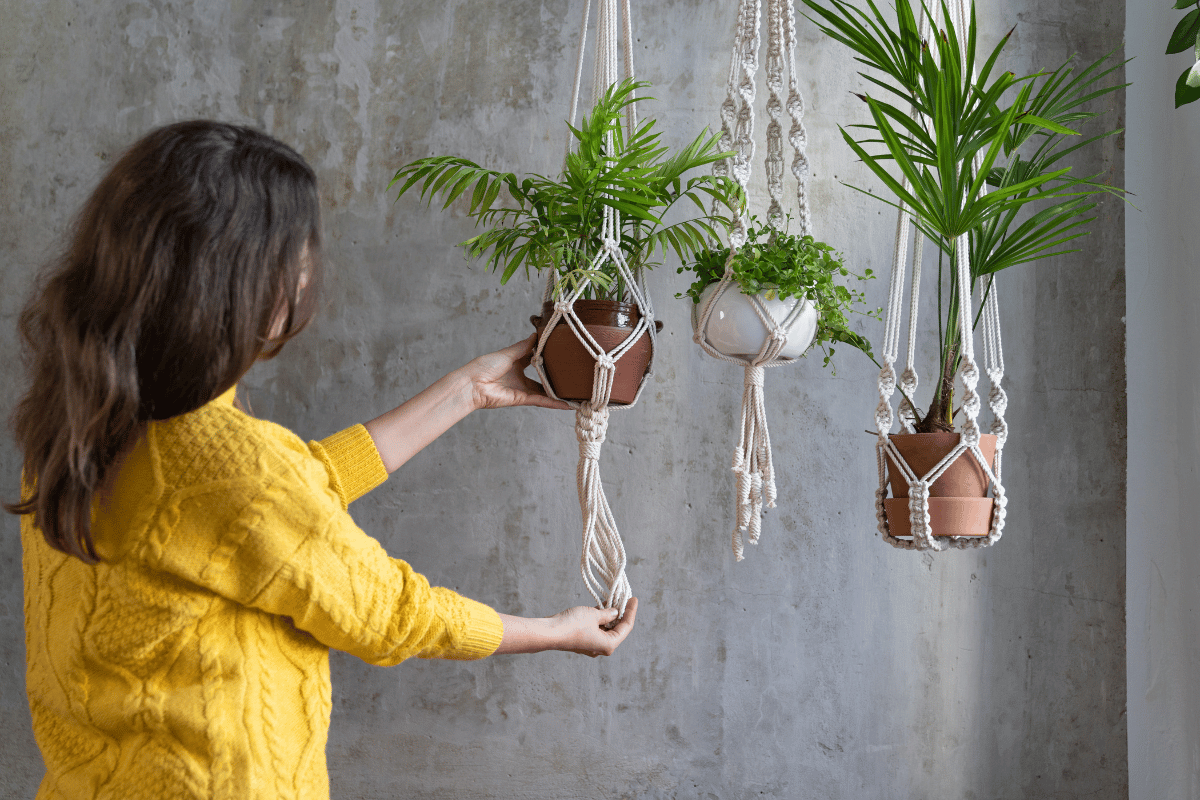
Can I Use Yarn for a Macrame Plant Hanger?
You can definitely use yarn to craft a macrame plant hanger. But before you do, you should consider the thickness, strength, and size of the yarn, as well as how tight it becomes when knotted.
Because a plant hanger needs to be able to carry the weight of a plant pot, choose a yarn that is at least 3-ply or braided. Thick cotton twine or rope works best, as they are strong enough to carry weight while making an airier and more open-work design.
As to how much yarn you need to create a macrame plant hanger, make sure you have at least 8 strands of yarn that are 94 inches in length. But the practice is to measure the height of your pot and cut out strands that are four to six times its height. This gives you enough wiggle room to play around with the design of your macrame hanger.
Conclusion
Macrame is quite a versatile craft, which means that you can use any fiber to make a project. But at the very least, they should be able to meet the minimum requirements for strength and durability. Pay attention to the yarn’s thickness and flexibility, and make sure you’re choosing a yarn that suits the needs of your macrame project.


